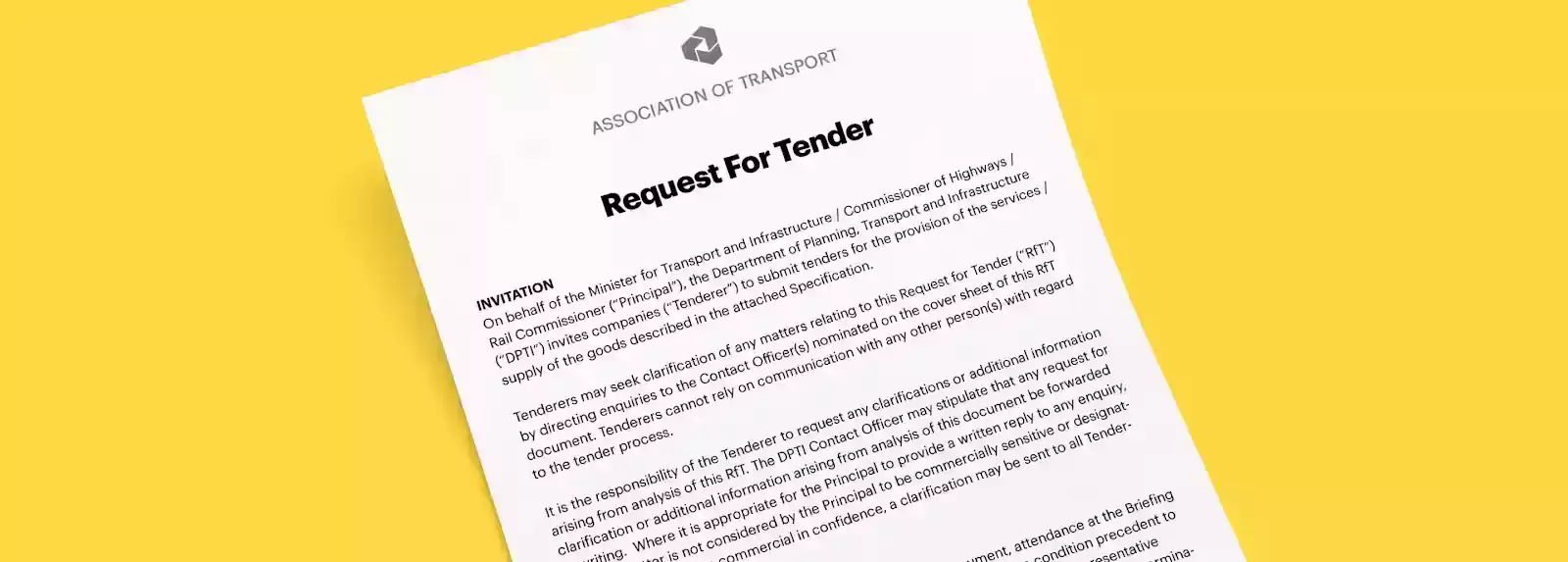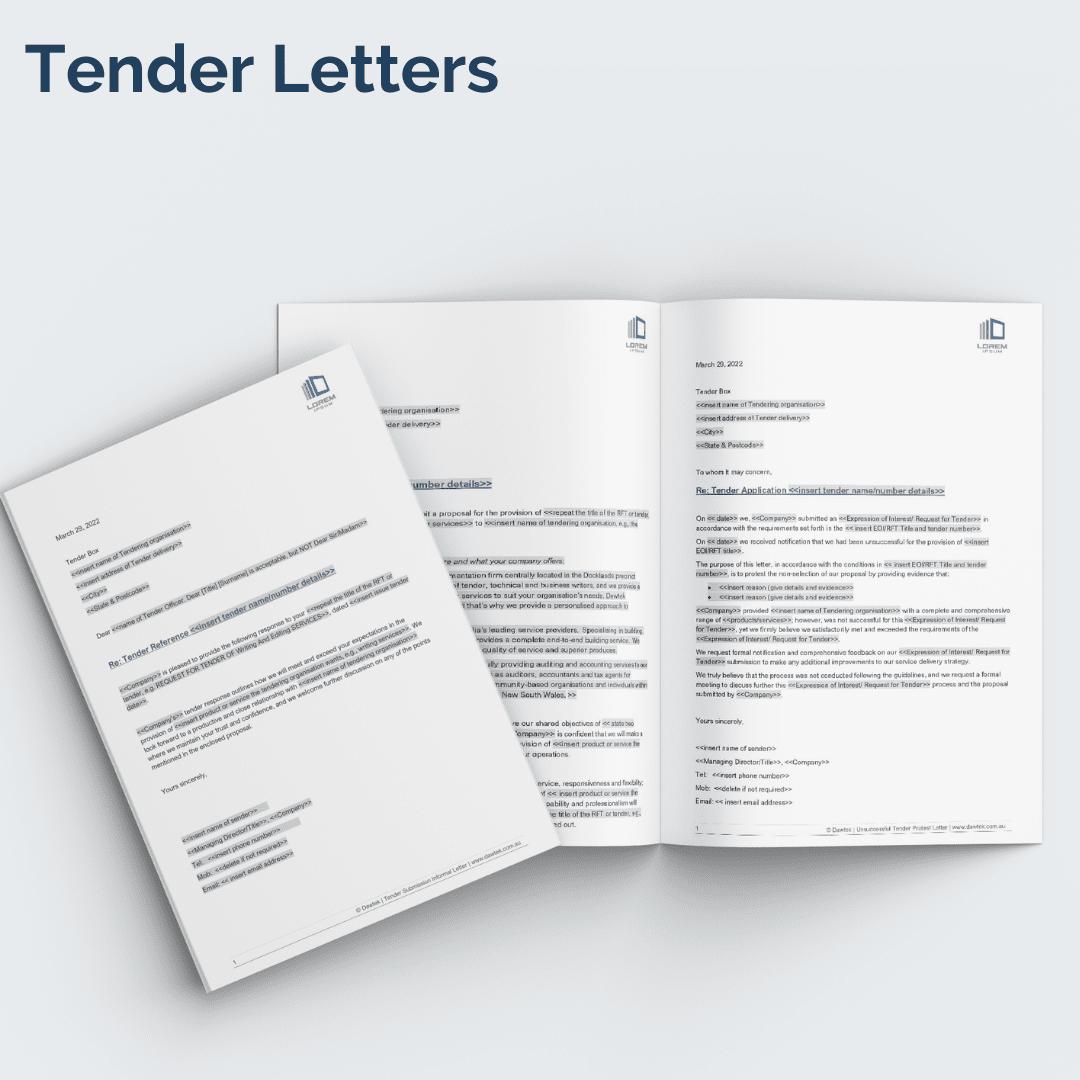A request for tender or tender is an invitation to submit a bid for a project or to accept a formal offer.
Bidding is a process commonly used by governments and financial institutions, as well as the public sector more broadly.
Bidding is the term used to describe the process in which vendors or suppliers submit bids for large projects by a specified deadline.
Request for Tender (RFT)
A Request for Tender (RFT) is a formal and structured invitation to suppliers to submit competitive bids for the supply of raw materials, products, or services.
But isn’t it the same as a request for quotation or request for quotation?
Not quite. While there are many similarities between RFTs, RFPs, RFQs, and other RFx processes,
The bids are unique in many ways.
So we’ll analyze some of the unique aspects of RFTs to understand how,
why and when the procurement team might make this process work for your business.
Whereas, the request for tender begins with a well-defined bidding process.
Since tendering is usually an open and public process, there are laws in place to ensure fair competition.
Strict rules govern the bid request to enforce impartiality, transparency and strong adherence to evaluation criteria –
which are broadcast before the deadline.
In contrast to RFPs, it is common for RFTs to be shared on websites and third-party platforms such as Alibaba.
RFTs are more detailed than Requests for Proposals in defining and describing the work required,
but less detailed than Requests for Quote.

When to use RFT
RFT is best used when you have a specific and clearly defined purchasing need.
If you need a very specific part or material that has to be of a certain quality,
RFT may make sense for your business.
Responses to RFTs are usually judged on the basis of price and quality.
Your organization must be ready to commit to the outcome of the RFT,
which means the vendor you choose will be your supplier,
Except for disrupting your normal business operations. RFTs
It’s a great buy when you know exactly what you want and don’t want to waste time sorting,
shortlisting, or negotiating between different entries.
The downside to using an RFT is that it takes longer than generating an RFP or RFI.
Remember that the RFT process is intended to be transparent,
so when it is used by the public sector, it may be subject to some compliance regulations when issuing the RFT.
“The RFTs will require a detailed assessment, including compliance and risk assessments,
before a preferred bidder is identified and the negotiation period begins,” one Australian engineering firm wrote.

What to include in your RFT
Here are some things to consider as you craft your next RFT.
Provide clear instructions
Suppliers such as these tender requests are open and specific about what is required.
RFTs often remove some of the mystery from the bidding process.
Your solicitation should strive to be clear about how recipients will respond and what information they should include.
Share deadlines, evaluation criteria, and selection process, and consider adding a response form as well.

Follow the legal requirements
RFTs are commonly used by government agencies.
As a result, there may be some strict legal requirements regarding openness and impartiality in your selection process.
Be aware of these requirements and ensure that there are firewalls in place before issuing an RFT.
For more architectural news







